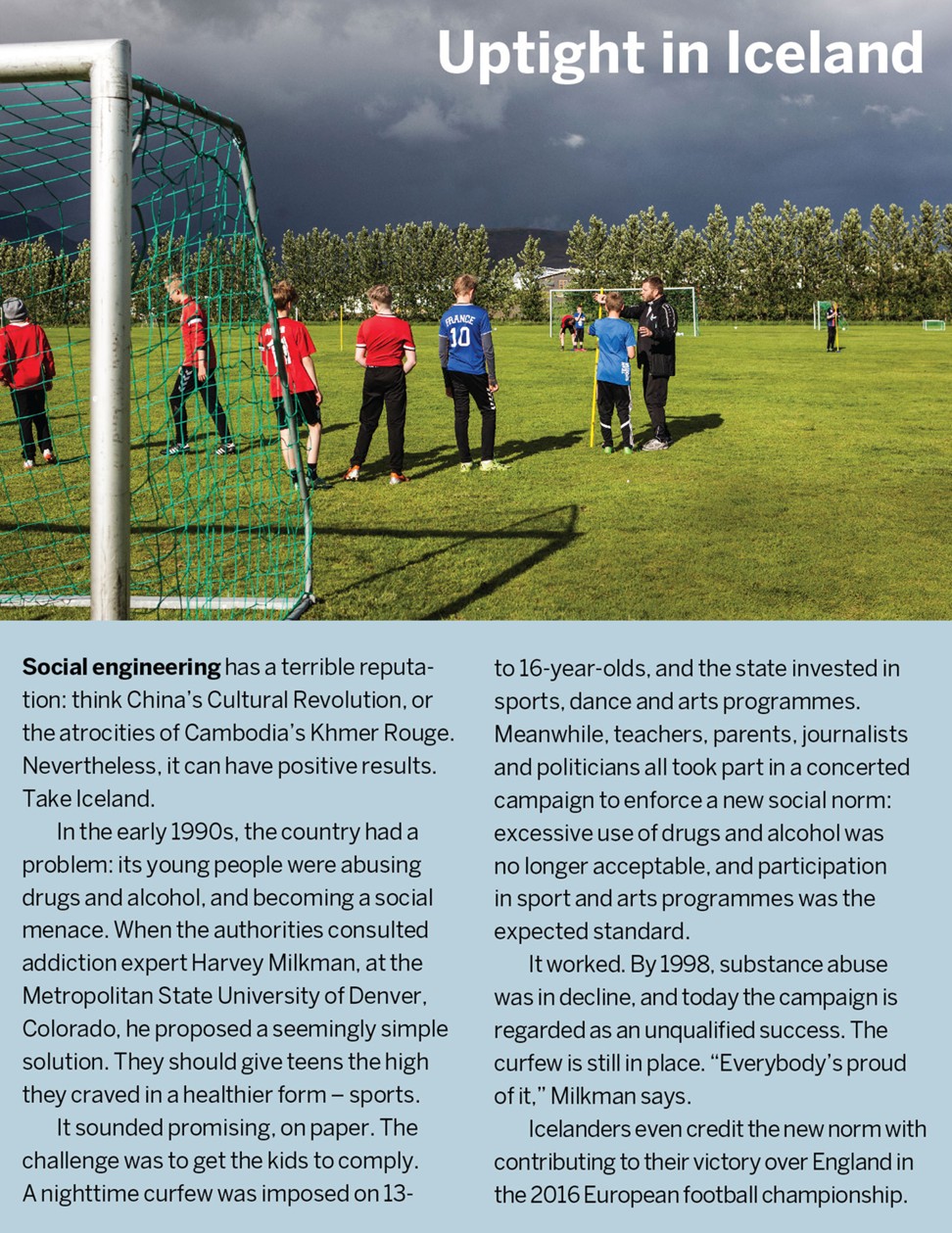How social norms influence cultural behaviour, and why Hong Kong is less ‘tight’ than the UK
Researchers say that how ‘tight’ or ‘loose’ a nation is determines the tolerance and tastes of its people, and that knowing this can help us better understand our differences

I’m British. Soon after moving to Switzerland, where I lived for six years, I threw a housewarming party and was taken aback when all 30 guests arrived exactly on time. Years later, having moved to France, I turned up at the appointed hour for a dinner, only to find that no other guest had arrived and my hostess was still in her dressing gown.
Every culture is riddled with unwritten rules. They are the invisible scaffolding that frames the behaviour of individuals so that the collective can function efficiently. But the rigour of these rules and their enforcement can vary dramatically. Some nations tolerate singing in a lift, swearing during an interview or entering a bank barefoot while others frown upon such behaviours. Maybe these aren’t mere quirks. Perhaps the best way to understand societies is to look at their social norms.

Ever since 1961, when Stanley Milgram started persuading people to obey his commands to give others electric shocks, experimenters have manipulated social rules and observed the pressure people feel to conform. However, researchers tended to study norms within societies – usually Western ones – rather than between them. One person to buck the trend was Dutch social psychologist Geert Hofstede.
Starting in the 1960s, Hofstede developed a model for understanding cross-cultural differences based on six dimensions. Since then, one of his metrics, individualism/collectivism, has attracted considerable interest and proved useful in explaining cultural differences, especially those epitomised by typically Western or Eastern modes of thought. But Gelfand believes the focus has been too narrow, and that tightness/looseness is a neglected source of cultural variation that has a huge influence on our behaviour – “a Rosetta stone for human groups”, she says.
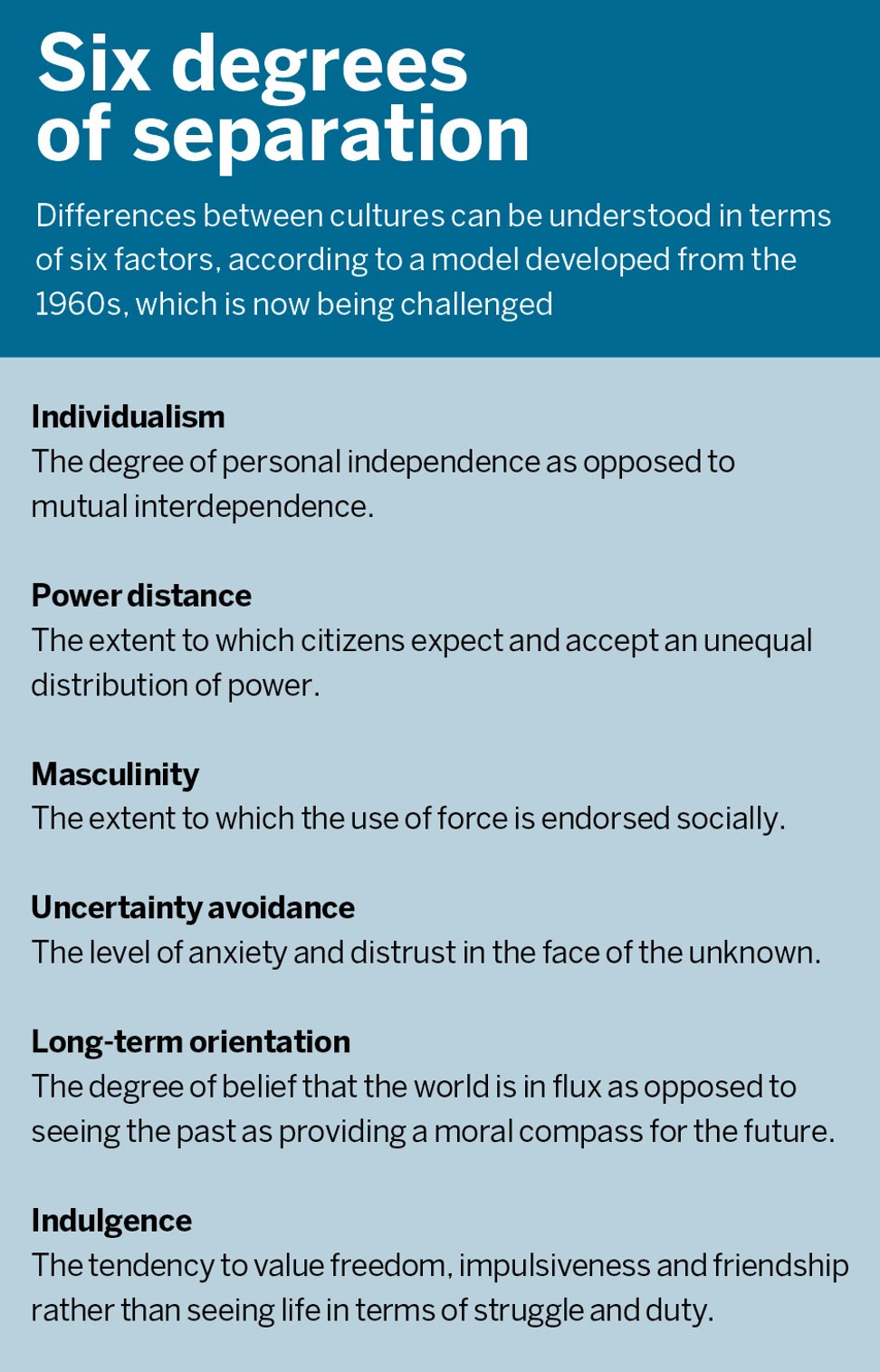
In fact, the idea of cultural tightness also dates back to the 1960s, when anthropologist Pertti Pelto studied 21 traditional societies and found big differences in the rigour of their social norms. The tightest included the Hutterites, a North American ethnoreligious group, while the !Kung people of southern Africa were at the other end of the scale. Pelto’s insight was to suggest that tightness was connected to ecological factors such as high population density and dependence on crops for survival.
Gelfand wondered how this might apply to modern societies. She suspected that tightness was determined by the level of external threat to which a society was exposed historically – whether ecological, such as earthquakes or scarce natural resources, or human-made, such as war.
Every culture is riddled with unwritten rules. They are the invisible scaffolding that frames the behaviour of individuals so that the collective can function efficiently
“Tightness is about the need for coordination,” she says. “The idea is that if you are chronically faced with these kinds of threats, you develop strong rules in order to coordinate for survival.”
To test the idea, Gelfand teamed up with colleagues from 43 institutions around the world, and compared 33 nations in a study published in Science in 2011. First they asked nearly 7,000 people from diverse backgrounds to shed light on the tightness of their national culture by rating their agreement with statements such as: “There are many social norms that people are supposed to abide by in this country” and “People in this country almost always comply with social norms”.
The volunteers also revealed how constrained they felt in everyday situations by rating the appropriateness of 12 behaviours, including eating, crying and flirting, in 15 contexts ranging from a funeral to a bank to the movies. There was high agreement among people from different walks of life within nations.
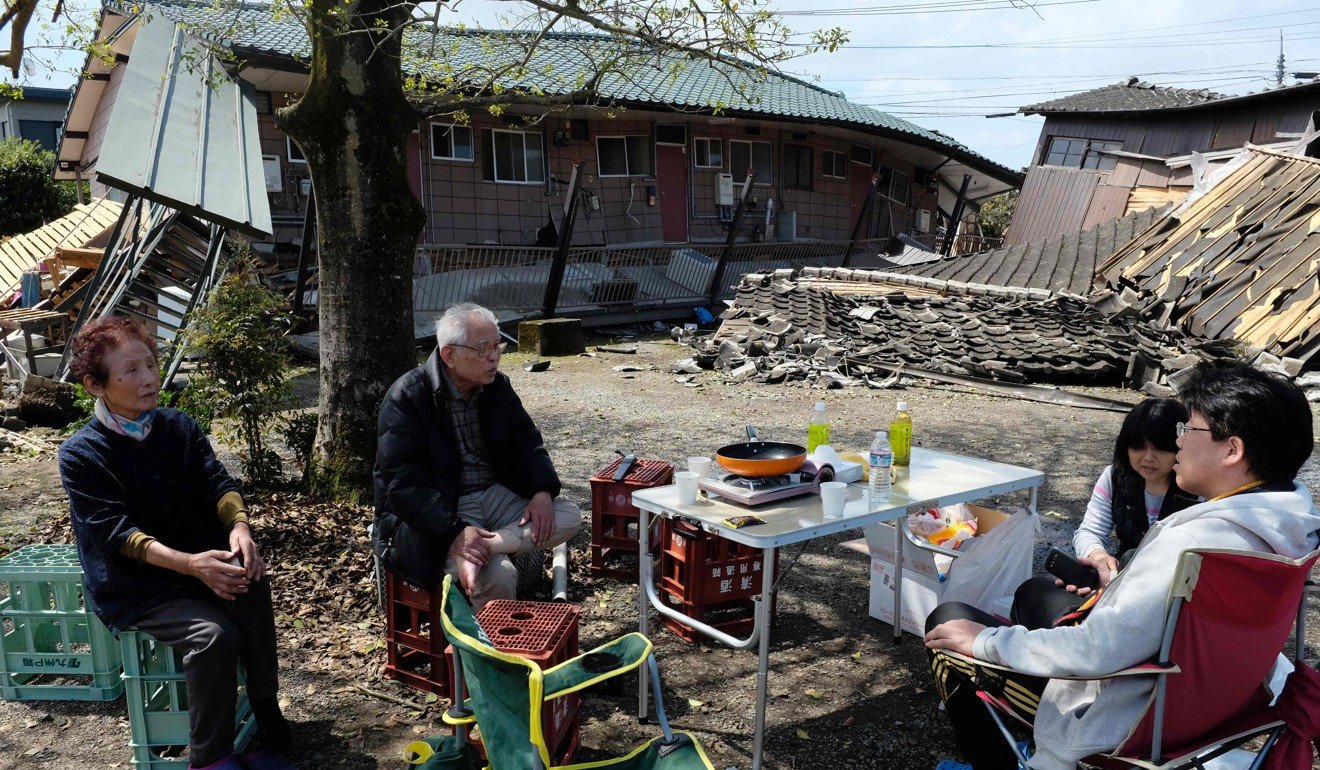
Next, the team calculated national averages for tightness and compared these with past threats to each country, as gauged by a battery of measures including natural disasters, exposure to pathogens, territorial conflict, lack of access to clean water and high population density. Sure enough, there was a correlation.
Societies that had faced a high level of threat, such as Pakistan (tightness score 12.3) and Malaysia (11.8), did more to regulate social behaviour and punish deviance than loose countries, which included the Netherlands (3.3), Brazil (3.5) and Australia (4.4). Israel (3.1), which is also loose, was a notable exception. The British (6.9) came out slightly tighter than average, and the United States looser (5.1). Hong Kong had a tightness rating of 6.3 and Beijing’s was 7.9 while Singapore scored a high 10.4.
But it doesn’t end there. Gelfand and her colleagues found that the degree of tightness was reflected in all sorts of societal institutions and practices – even after taking national wealth into consideration. Tight societies tend to be more autocratic, with greater media censorship and fewer collective actions such as demonstrations. They are also more conformist and religious, and have more police, lower crime rates and cleaner public spaces.
[Tightness/looseness] may sound like a rather specific difference, but I’m now convinced that it explains a lot of the variance in behaviour and perceptions across cultures
“Tightness brings with it a lot of order and social control,” Gelfand says. “Even stock markets are more synchronised.” Loose societies tend to be more disorganised, but also more creative, innovative and tolerant of diversity.
Three years later, Gelfand and her doctoral student Jesse Harrington carried out a similar comparison across all 50 US states. This time they assessed tightness using factors including legality of same-sex marriage, percentage of foreign-born inhabitants and strength of religious institutions. Again, they found a correlation between tightness and threats such as tornado risk and exposure to hazardous waste. And again, they found that tightness corresponded with lots of other aspects of society. Tighter states, such as Kentucky and Alabama, had lower rates of drug abuse and homelessness than loose states such as Oregon and Vermont, for example. They also had higher rates of incarceration and discrimination and, strikingly, lower happiness levels.
The researchers acknowledged that their map resembled those showing voting preferences, with tight states corresponding to Republican inclinations and loose to Democrat leanings. But, they argued, there is a crucial difference: political affiliations indicate individual beliefs, whereas tightness and looseness describe “an external social reality that exists independently of any one individual”. More evidence, it appears, that we aren’t entirely free agents at the ballot box.
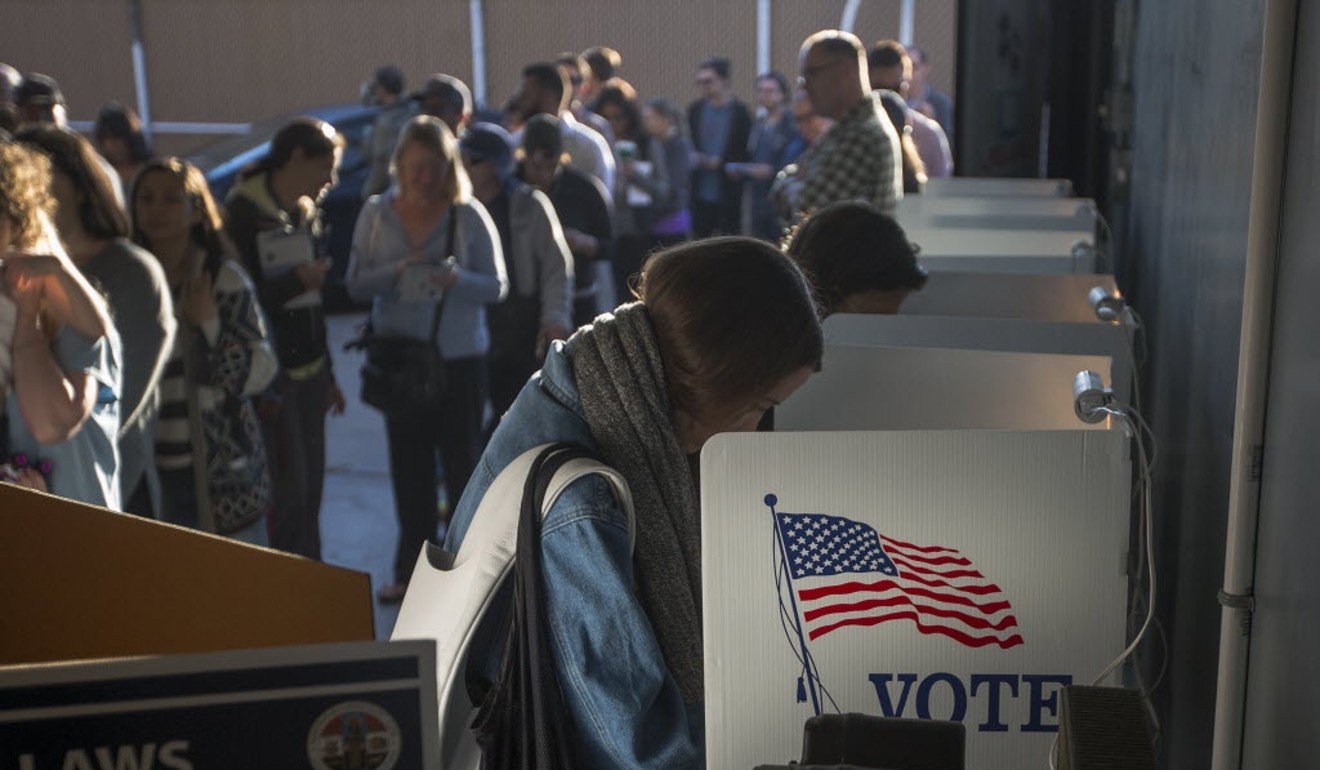
Not surprisingly, Gelfand’s research has attracted attention. In our globalised world, understanding what makes other cultures tick is important. With nations in ever-closer contact with one another, misunderstandings can have profound consequences in areas from trade to diplomacy to war. Furthermore, some of our most pressing problems – notably climate change and nuclear proliferation – require different cultures to cooperate to find solutions.
Of course, dividing the world’s cultures into tight and loose isn’t going to bring prosperity and peace, but it does have advantages.
“For one thing, it breaks up our ideas about East Asia,” says Dov Cohen, at the University of Illinois at Urbana-Champaign. All East Asian countries score highly for collectivism, but some are tighter than others – South Korea (10) and Singapore (10.4), for example, compared with China (7.9). “Tightness/looseness allows you to look at much higher resolution,” he adds.
Some of our biggest messes in US foreign policy happened because we really did not understand the cultures we were dealing with. The more armed policymakers are with cultural information, the better off we will all be
We might also be more sympathetic to different social norms if we accept that the way nations function is connected to levels of threat. “[Tightness/looseness] may sound like a rather specific difference,” says Gerben van Kleef, at the University of Amsterdam, in the Netherlands, “but I’m now convinced that it explains a lot of the variance in behaviour and perceptions across cultures.”
Simon Levin, at Princeton University, in the US, is more circumspect. He points out that tightness is conceptually similar to cultural “stickiness”, something he and others have been talking about for years. “What is new is trying to associate the degree of stickiness or tightness to driving factors in terms of threat,” he says. But he also points out that the link may be more complex than it seems. For example, a norm that says you shouldn’t marry outside your group could ultimately enhance threat as a result of inbreeding.
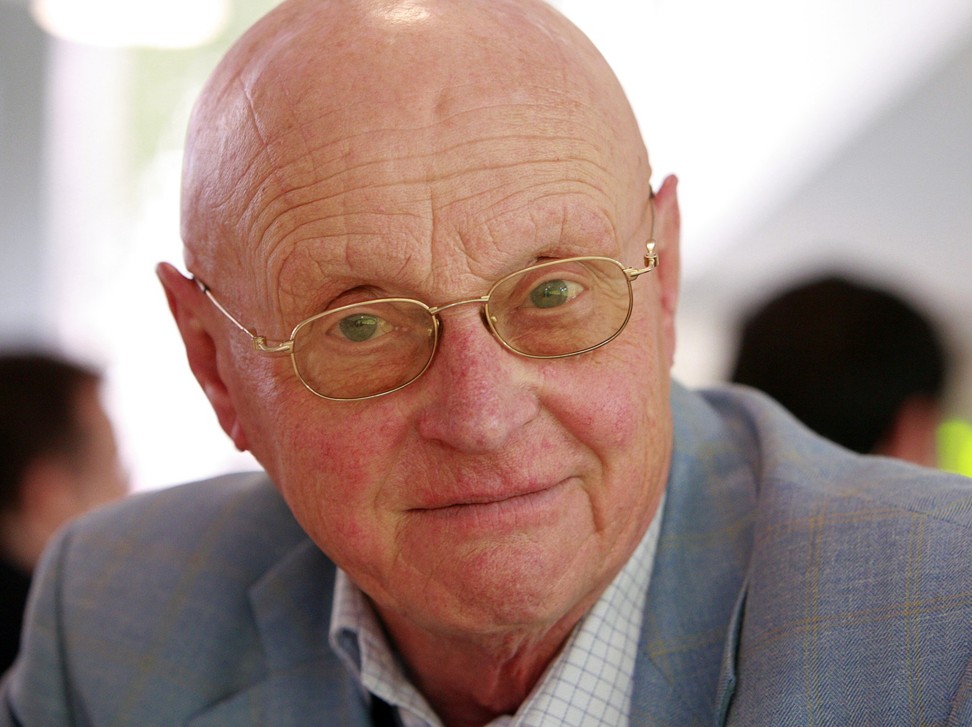
What’s more, social norms shape some behaviours and perceptions more than others, according to research by Hofstede and his colleagues. They found that people’s views on abortion, homosexuality and euthanasia – issues relating to basic concerns about survival and reproduction, in other words – were powerfully shaped by culture. But views on matters relating to honesty and respect for the law were influenced more by individual beliefs. In addition, the culturally shaped views correlated strongly with a nation’s rating for individualism – with individualist societies tending to have more liberal attitudes – and not at all with tightness scores.
Nevertheless, Gelfand’s model appeals to many, not least because it might help explain some of the sweeping social changes happening in the world. Her computer modelling experiments with virtual agents show that upping an external threat pushes a group to enforce its norms more strictly while lowering it does the opposite. She notes that populist leaders including Donald Trump and Marine Le Pen direct their messages at groups who feel threatened by the economic situation, and who are therefore likely to favour a tightening of norms. And certain politicians may not be above exaggerating the threat to persuade people to vote for them.
There could also be a backlash. Too much looseness can invite what Gelfand calls “autocratic recidivism”. “We can see that the places where Isis was able to take over are places where people felt there was no security or infrastructure,” she says. Conversely, the fact that Ukraine was the highest scoring country for looseness in 2011, with a tightness score of 1.6, could be partly explained as a reaction against the tight Soviet culture it was formerly in thrall to.

Preventing such pendulum swings may be neither feasible nor desirable. However, politicians and voters might want to heed the results of another study explicitly addressing the question of whether societies should emphasise freedom or constraint. On a range of measures, including health, wealth, happiness and political stability, moderate cultures came out best.
“The most successful societies balance tightness and looseness,” Gelfand says. Extremes can cause problems in any group. For example, she argues that a series of scandals concerning United Airlines last year – one involving a passenger, Dr David Dao, being dragged off a plane – were the product of an overly tight organisational structure.
Although many would balk at the suggestion of social engineering, nations can consciously change their social norms. They can also underscore unwritten social rules through their choice of more formal ones. In New York state, for instance, the fine for a first-time littering offence is US$250, whereas in Singapore it is the equivalent of US$1,500. No prizes for guessing which has the cleanest streets. Simple things can make a big difference, too. Gelfand has suggested that part of the solution for United Airlines could be to empower low-level personnel to resolve problems with passengers as they see fit.
In their pioneering global study on tightness, Gelfand and her colleagues concluded: “From either system’s vantage point, the ‘other system’ could appear to be dysfunctional, unjust and fundamentally immoral, and such divergent beliefs could become the collective fuel for cultural conflicts.”
If they are correct, simply understanding why societies differ in this way could be the first step towards greater global harmony. “Some of our biggest messes in US foreign policy happened because we really did not understand the cultures we were dealing with,” Cohen says. “The more armed policymakers are with cultural information, the better off we will all be.”
Text: New Scientist
